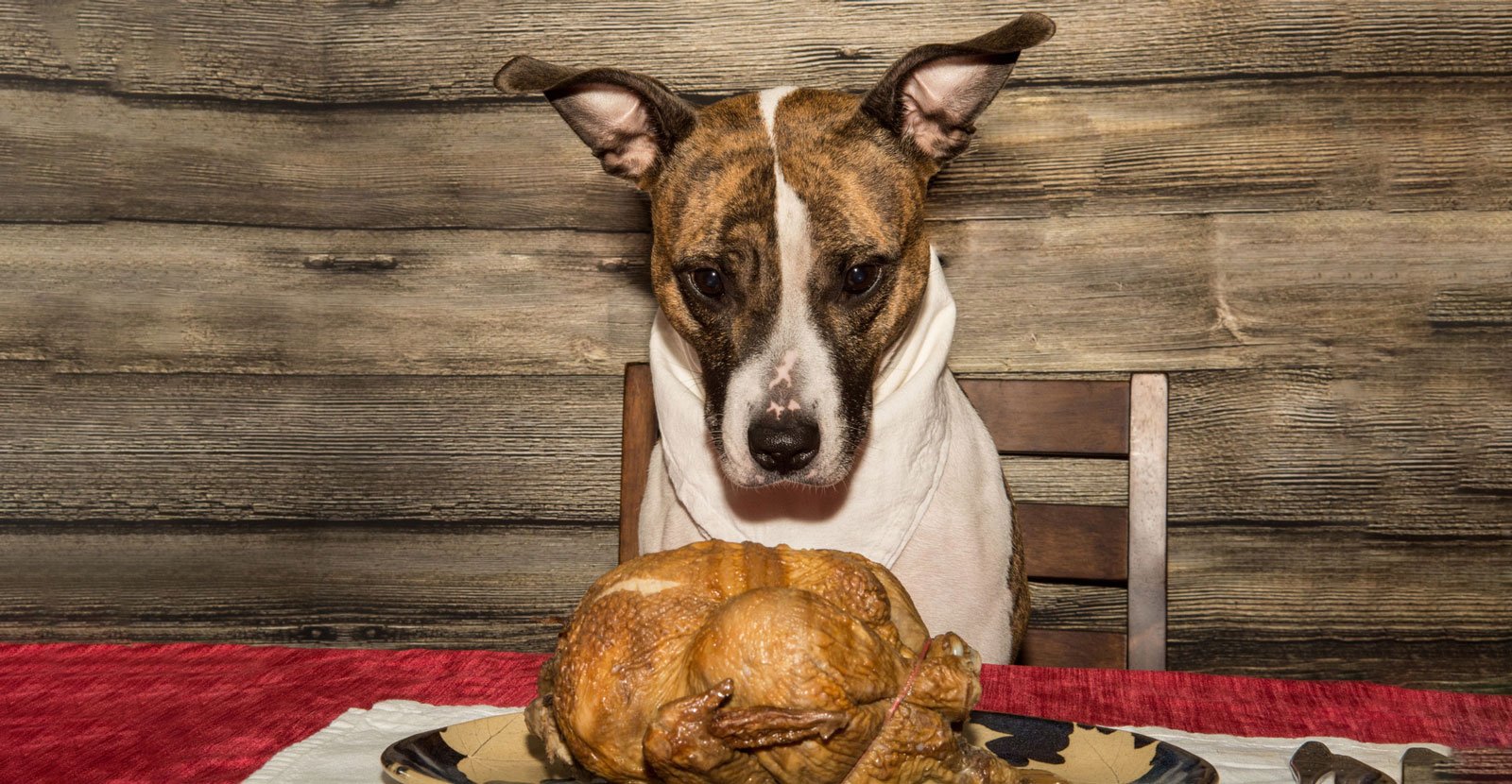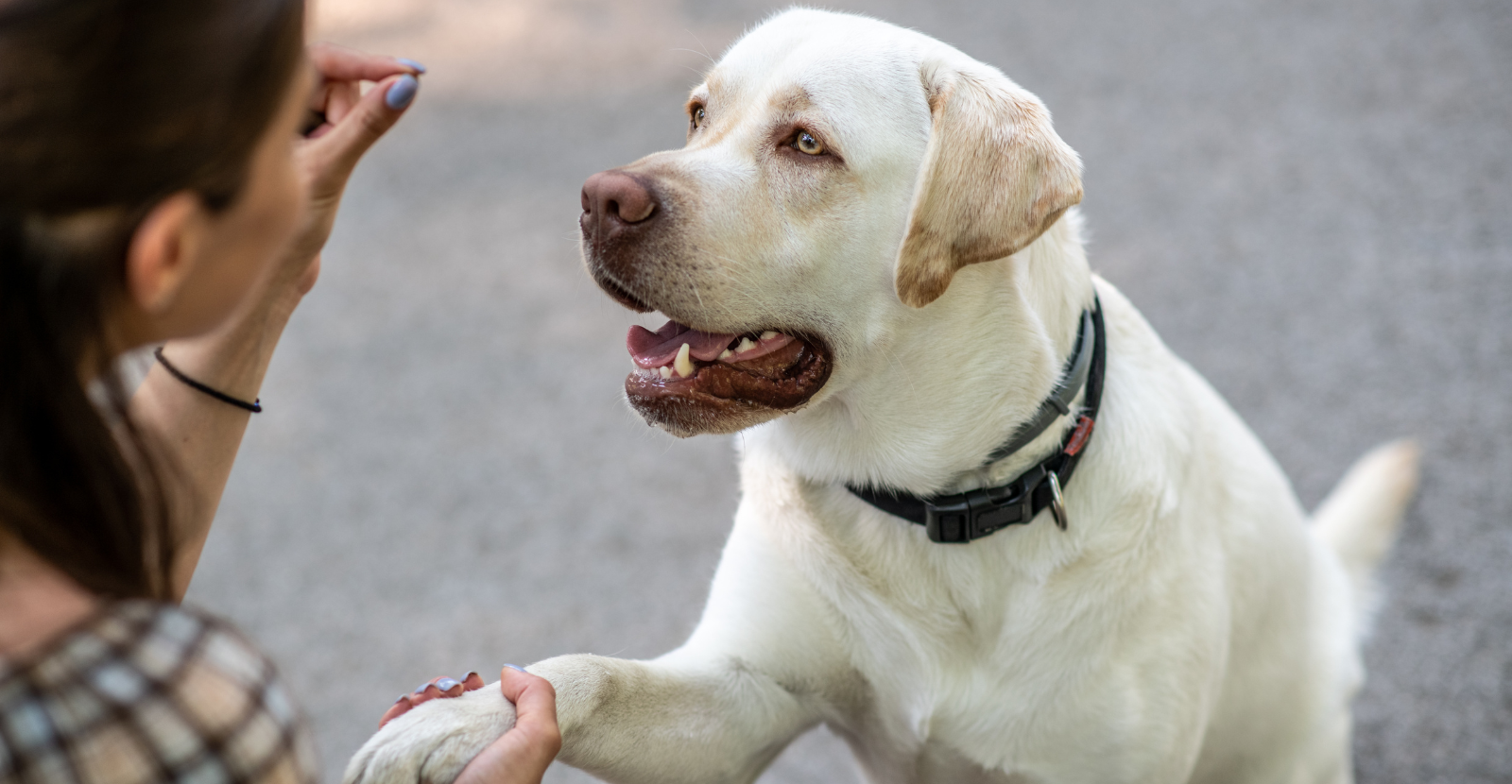Ever wonder how we put all those special nutrients in a little heart-shaped chew? A lot of love goes into making Glyde® Mobility Chews. We are excited to bring you a behind-the-scenes look at Parnell Living Science as we create Glyde in our own state-of-the-art FDA pharmaceutical accredited facility. Here’s how!
First we start with the best ingredients. We have a potent amount of a powerful key ingredient, Green Lipped Mussels (GLMs). GLM is one of the most effective joint mobility supplements available. GLM is one of the top two sustainable seafood in the world. Our GLM comes from the pristine shores of New Zealand.

Glucosamine and Chondroitin are the other active ingredients found in Glyde. Together, these ingredients make our formula effective in combating the signs of arthritis. The inactive ingredients complete our heart-shaped chew and give it the yummy taste your pet loves. We hear from pet parents like Emma who tell us their dogs love the taste but we know it is good for them.
Now, for an inside look at how Glyde is made.
The process we use to produce Glyde is called Food Extrusion process, which means a set of mixed ingredients are forced through an opening in a perforated plate or die with a design specific to the food. It is then cut into a specific size by the blades. The machine which forces the mix through the die is an extruder, and the mix is known as the extrudate. The extruder consists of a large, rotating screw tightly fitting within a stationary barrel, at the end of which is the die.
Our chews are manufactured in clean rooms and we follow the current Good Manufacturing Principles or cGMP’s dictated by the Australian Pesticides and Veterinary Medicines Authority (APVMA) and the U.S. FDA.
When we begin, the ingredients are weighed and dispensed and then mixed together at a specific mixing speed. This process ensures a consistent mix with the proven amount of ingredients needed in each chew.
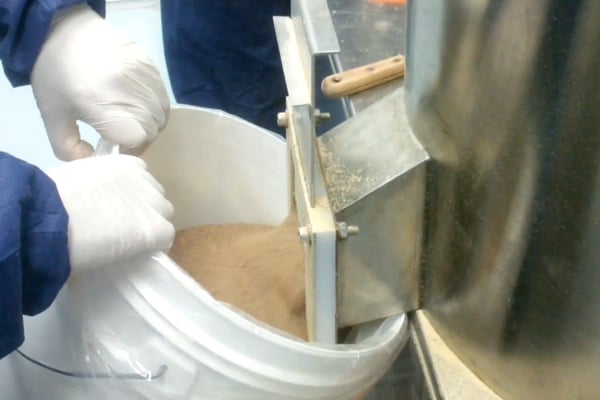
Then, all of our joint protective ingredients are mixed together.
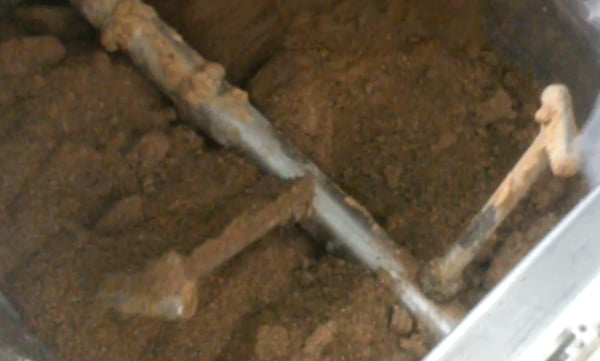
Next, the product moves into a transfer tube which moves the powder blend into the extrusion machine. Extrusion uses pressure and single twin extruders to process the chew.
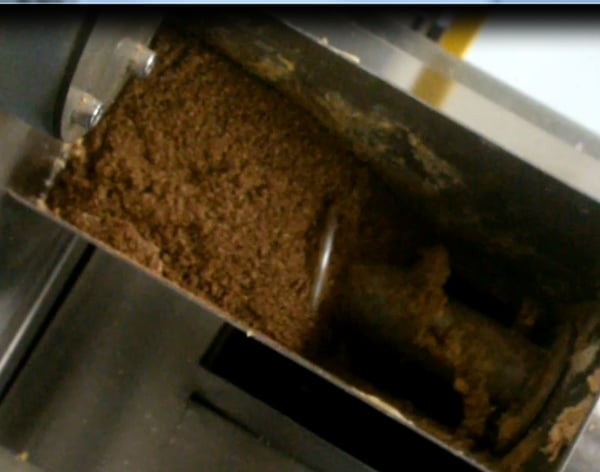
We love this next part! This is where the Glyde Mobility Chews get their heart shape.The product moves through the extruder die. Here, our product moves through the extruder mold.
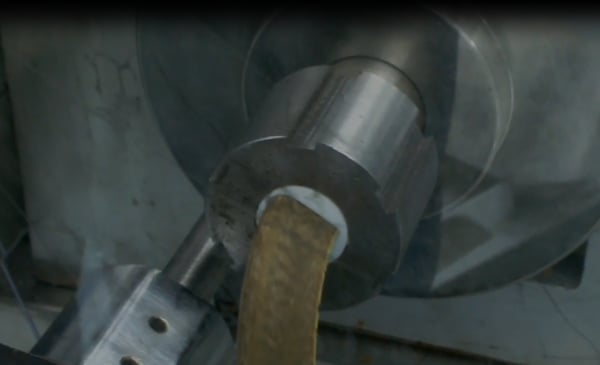
Now the Glyde formula moves on to the cutter to be cut into individual heart-shaped chews.
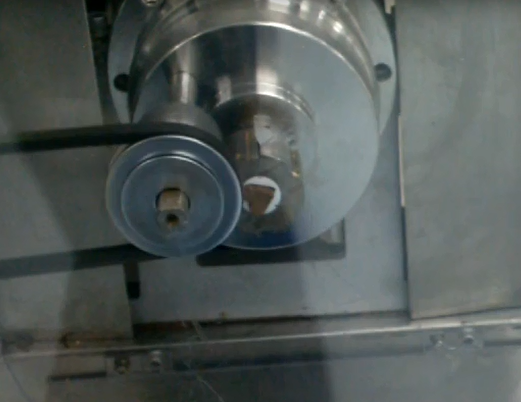
There are several in-process controls in place to ensure the quality of our Chews, for example pH measurement, water activity and weight. Once the batch is produced, Quality Control chemically test the product to ensure it contains the right amount of ingredients and also perform a microbiological testing to ensure the product is safe for our pets.
At our facility, we use cold-extrusion technology as the preferred method to produce Glyde Mobility Chews. The benefit of this process is that many ingredients and nutrients are heat-sensitive. Cold-extrusion technology ensures protection of all those valuable nutrients.
The chews are transferred from the cold-extrusion process in the packaging line to the waiting jars and finally Quality Assurance reviews the batch record and ensure it meets the written specification before release to market.
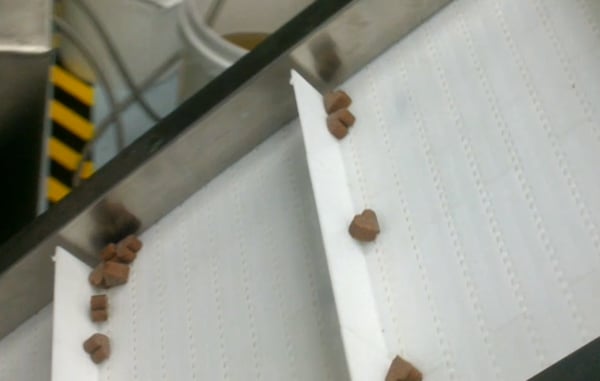
Ta da! Here are the adorable heart-shaped chews on their final step before they are sent to veterinary clinics and pet parents.
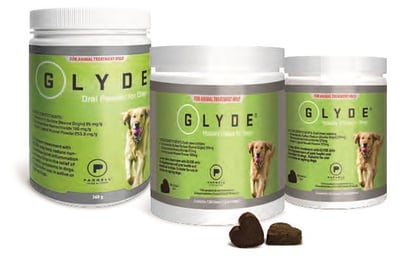
Now you know how Glyde is made! We are truly excited about our manufacturing facility and the results we have seen in our product. Our passion is our work and our product is the result. Help us spread the word to improve the lives of our pets. Do you have a dog or cat on Glyde? Share your story!

